ANDONG: Wildfires raging in South Korea doubled in size on Thursday (Mar 27) from a day earlier, as authorities called the blazes the country's worst natural fire disaster, with at least 26 people killed and historic temples incinerated.
More than 33,000 hectares have been charred or are still burning in the largest of the fires that began in the central Uiseong county, making it the biggest single forest fire in South Korea's history. The previous record was 24,000 hectares in a March 2000 fire.
"We are nationally in a critical situation with numerous casualties because of the unprecedented rapid spread of forest fires," Acting President Han Duck-soo told a government response meeting.
Most of the fatalities were local residents but at least three firefighters were killed. A firefighting helicopter pilot also died when his aircraft crashed in a mountain area, officials said.
The military has released stocks of aviation fuel to help keep firefighting helicopters flying to douse flames across mountainous regions in the southeast of the country where fires have been burning now for nearly a week.
More than 120 helicopters have been deployed in three regions battling the blazes, the safety ministry said. South Korea relies on helicopters to fight forest fires because of its mountainous terrain.
The incident has "exposed the harsh reality of a climate crisis", South Korean disaster and safety division chief Lee Han-kyung said, adding that the fires are spreading rapidly.
He said that the affected areas had seen only half the average rainfall this season.
Last year was South Korea's hottest year on record, with the Korea Meteorological Administration saying that the average annual temperature was 14.5 degrees Celsius - two degrees higher than the preceding 30-year average of 12.5 degrees.
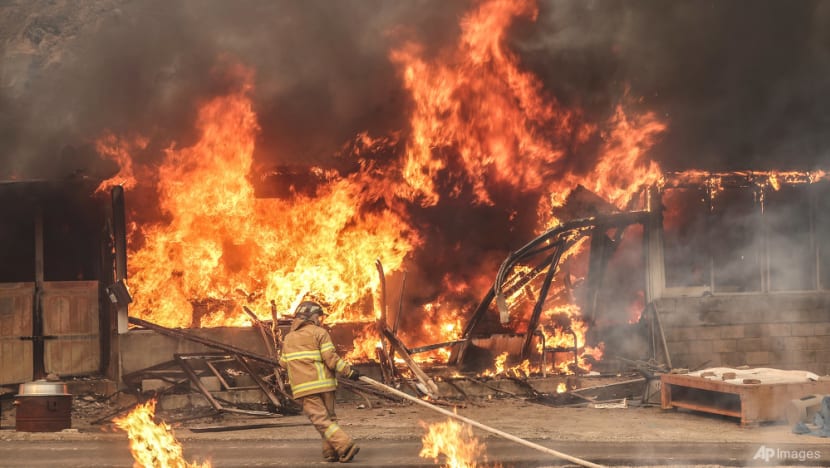 A firefighter works to extinguish a fire at a house that has been engulfed in a wildfire in Uiseong, South Korea, Mar 25, 2025. (Photo: AP/Yonhap/Yoon Gwan-shick)
A firefighter works to extinguish a fire at a house that has been engulfed in a wildfire in Uiseong, South Korea, Mar 25, 2025. (Photo: AP/Yonhap/Yoon Gwan-shick)
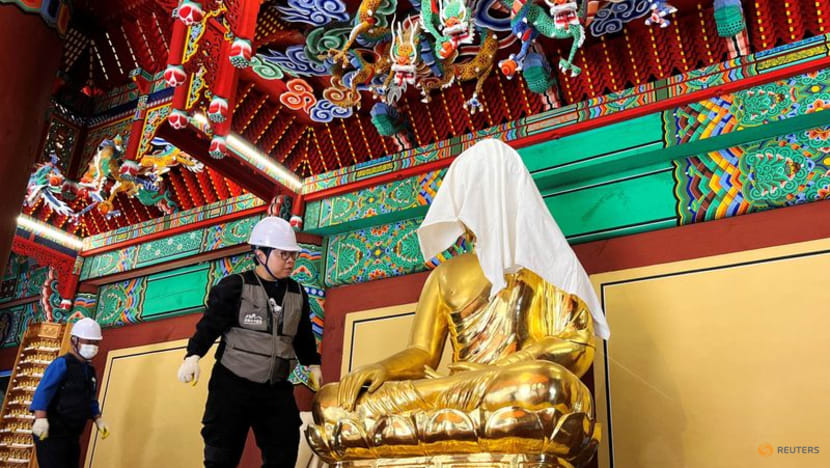 An official wraps a Buddha statue with a fire-retardant blanket to protect it from a wildfire, at Gounsa temple in Uiseong, South Korea, on Mar 25, 2025. (Photo: Reuters/Minwoo Park)
An official wraps a Buddha statue with a fire-retardant blanket to protect it from a wildfire, at Gounsa temple in Uiseong, South Korea, on Mar 25, 2025. (Photo: Reuters/Minwoo Park)
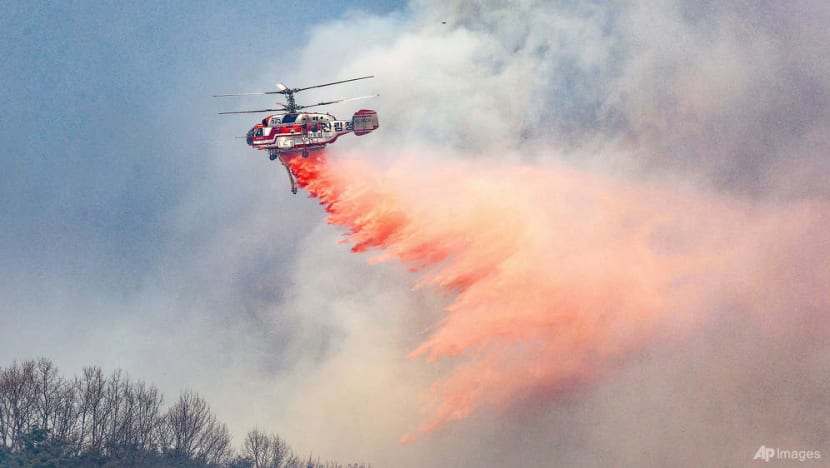 A helicopter dumps fire retardant on a wildfire in Uiseong, South Korea, on Mar 24, 2025. (Photo: AP/Yonhap/Yoon Gwan-shick)
A helicopter dumps fire retardant on a wildfire in Uiseong, South Korea, on Mar 24, 2025. (Photo: AP/Yonhap/Yoon Gwan-shick)
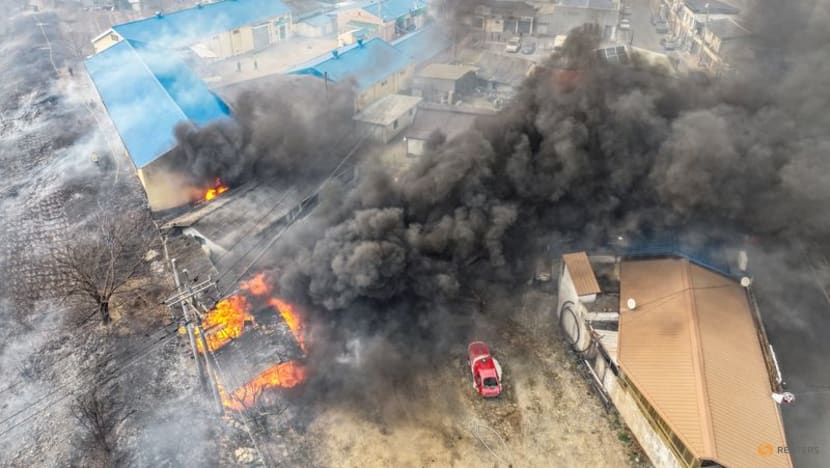 Houses catch fire as a wildfire devastates the area in Uiseong, South Korea on Mar 24, 2025. (Photo: Reuters/Yonhap)
Houses catch fire as a wildfire devastates the area in Uiseong, South Korea on Mar 24, 2025. (Photo: Reuters/Yonhap)
The wildfires that originated in Uiseong have been moving rapidly eastward, spreading almost to the coast, carried by gusty winds and with dry conditions aggravating the situation.
While the meteorological agency has forecast some rain for the southwest, precipitation is expected to be under five millimetres for most of the affected areas.
"The amount of rain is going to be small so it doesn't look like it'll be a big help in trying to extinguish the fire," Korea Forest Service Minister Lim Sang-seop said at a briefing.
Experts have said the Uiseong fire showed extremely unusual spread in terms of its scale and speed, and that climate change is expected to make wildfires more frequent and deadly globally.
Higher temperatures amplified by human-caused climate change contributed to the existing seasonally dry conditions, "turning dry landscapes into dangerous fire fuel" in the region, the Climate Central group, an independent body made up of scientists and researchers, said in a report.
Andong city and the neighbouring counties of Uiseong and Sancheong, along with the city of Ulsan, are among the hardest-hit areas.
On Wednesday night, strong winds and smoke-filled skies forced authorities in the southeastern city of Andong to order evacuations in two villages. This included Puncheon, home to the Hahoe folk village - a UNESCO World Heritage Site founded around the 14th to 15th century.
Hikers were advised to leave the scenic Jiri Mountain as another fire spread closer.
Officials said earlier this week that firefighters had extinguished most of the flames from the largest wildfires in key areas, but wind and dry conditions allowed them to spread again.
Destroyed in the blazes were houses, factories, vehicles and some historic structures. In Uiseong, about 20 of the 30 structures at the Gounsa temple complex, which was said to have been originally built in the 7th century, have been burned.
Among them were two state-designated “treasures” - a pavilion-shaped building erected overlooking a stream in 1668, and a Joseon dynasty structure built in 1904 to mark the longevity of a king.
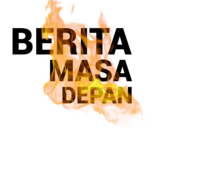


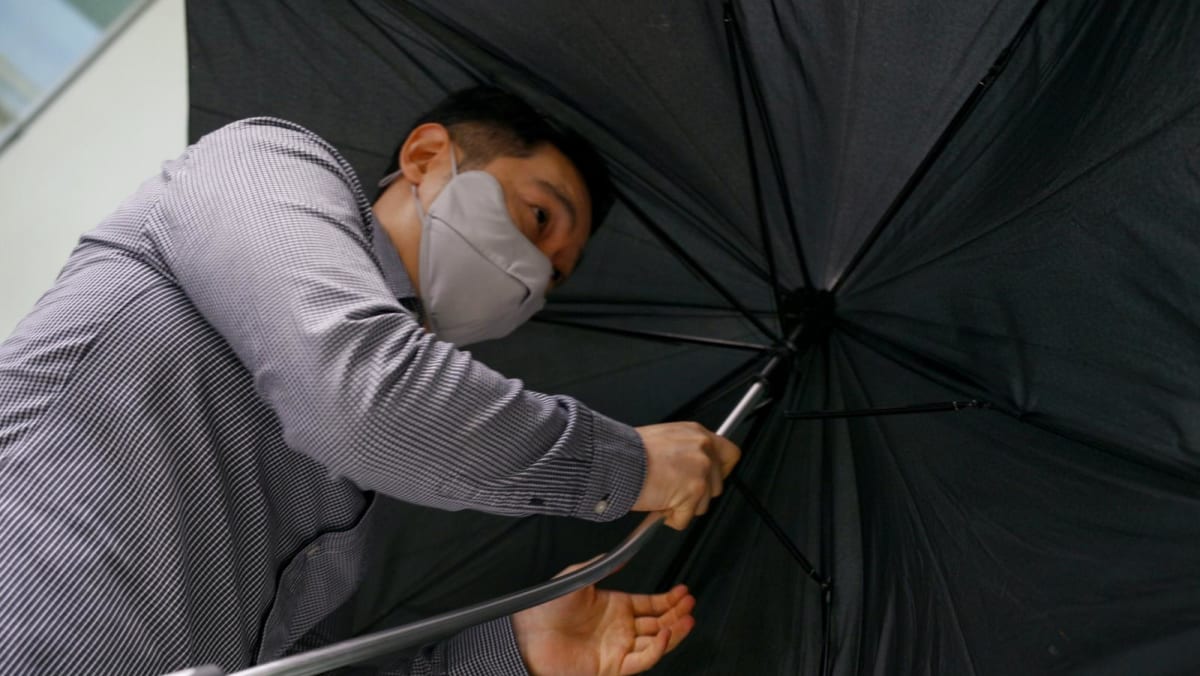

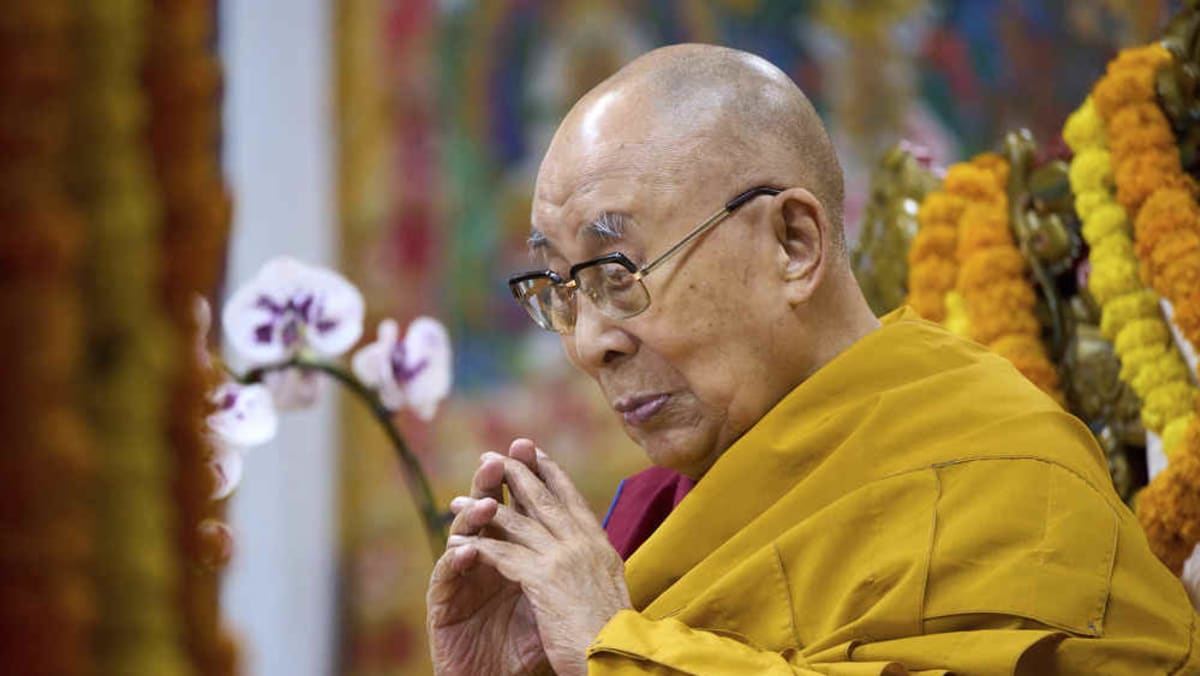







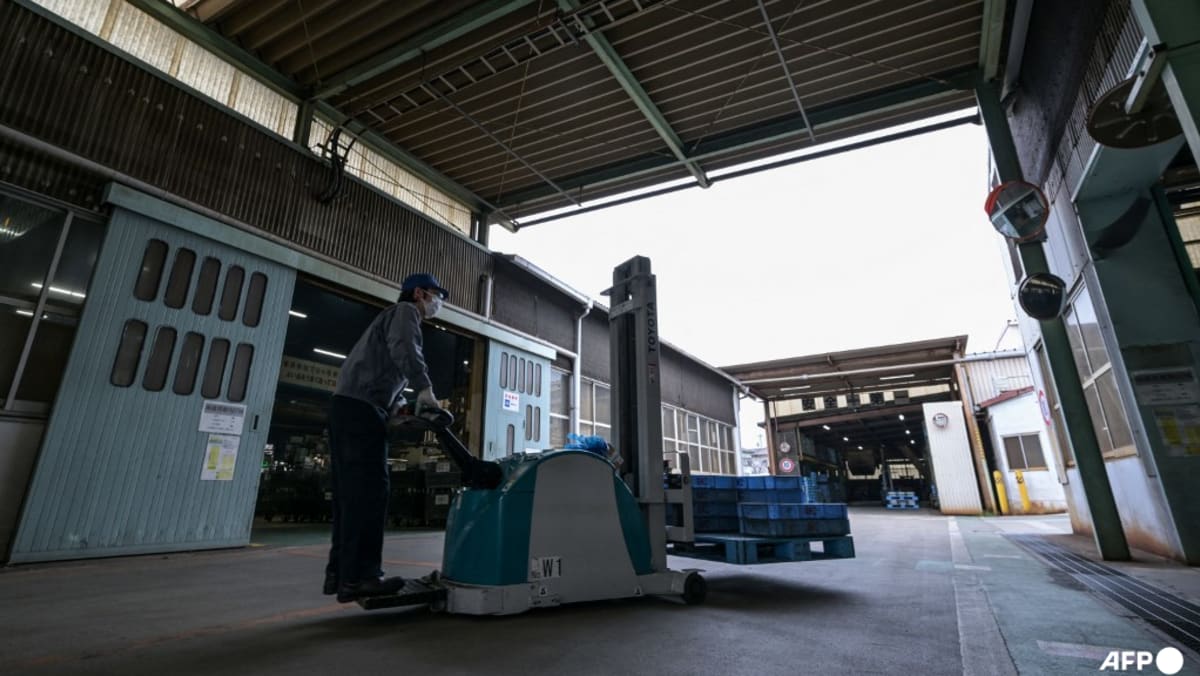



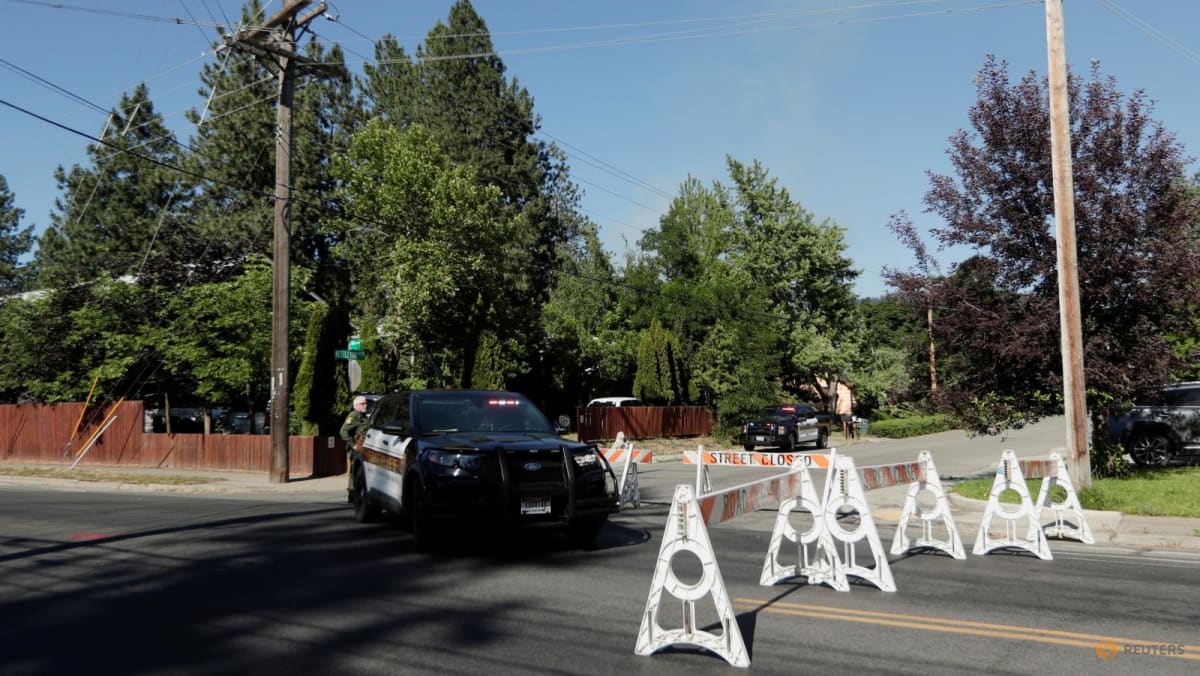


















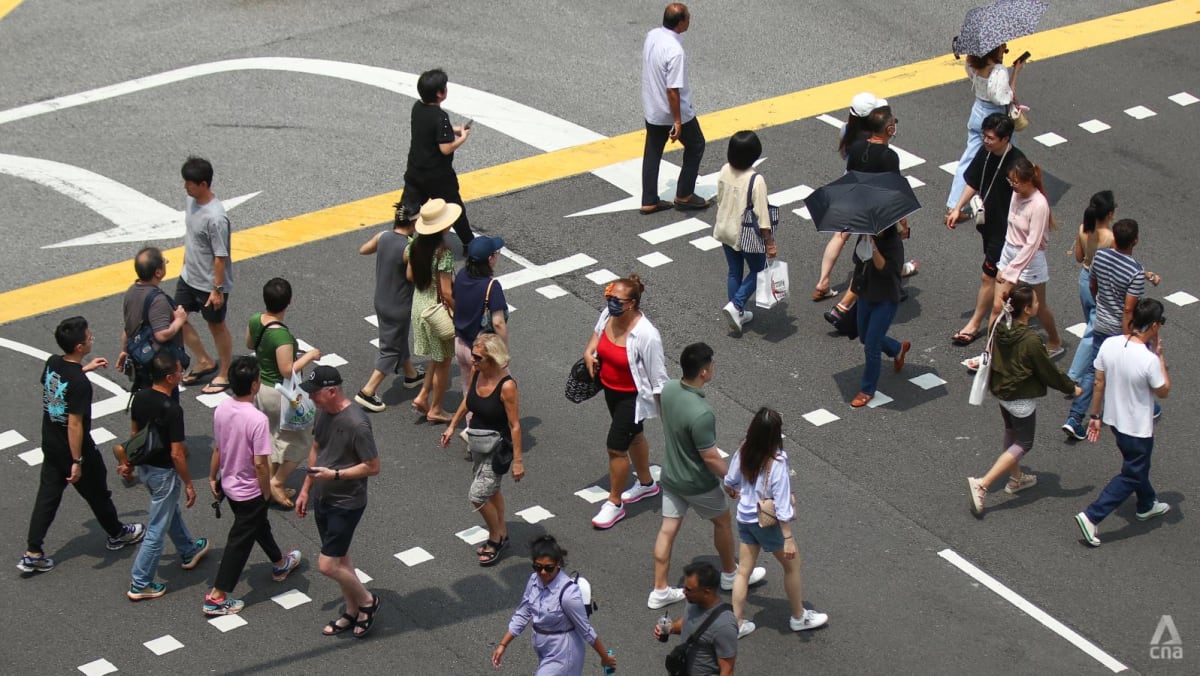









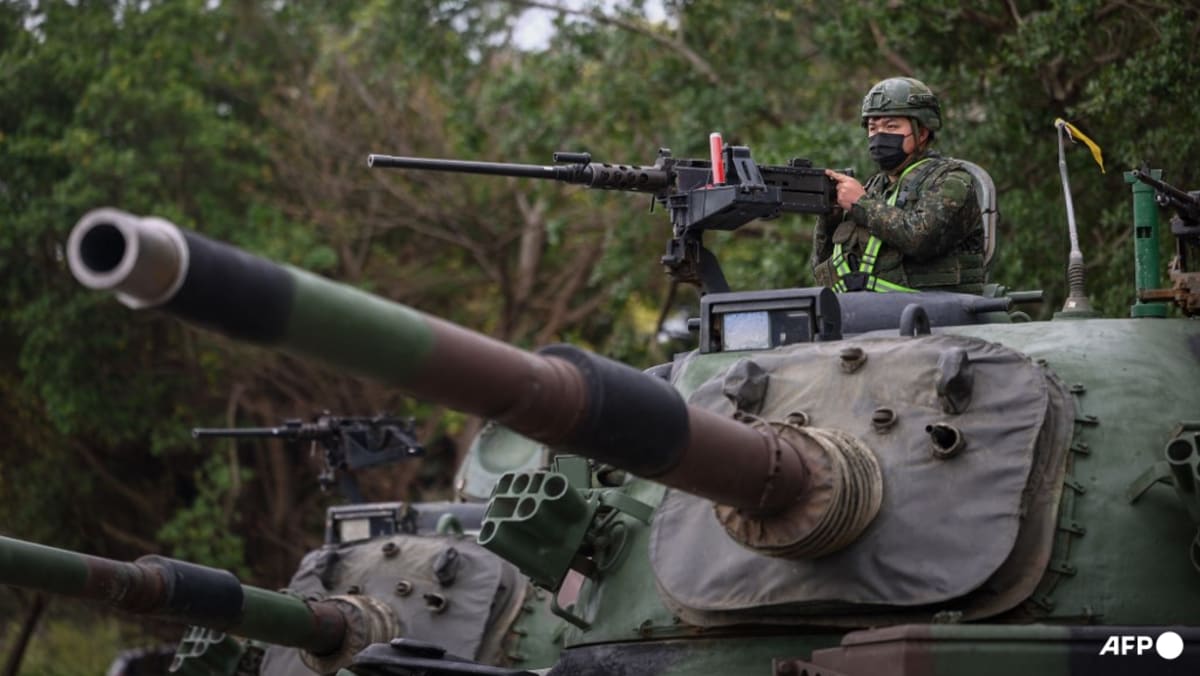


.png?itok=erLSagvf)
